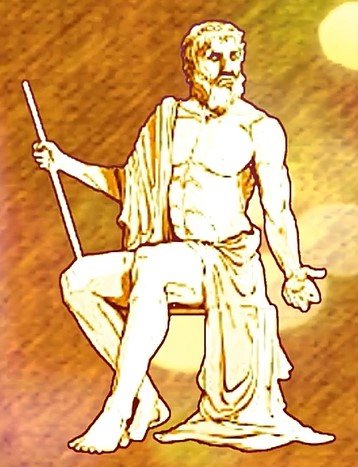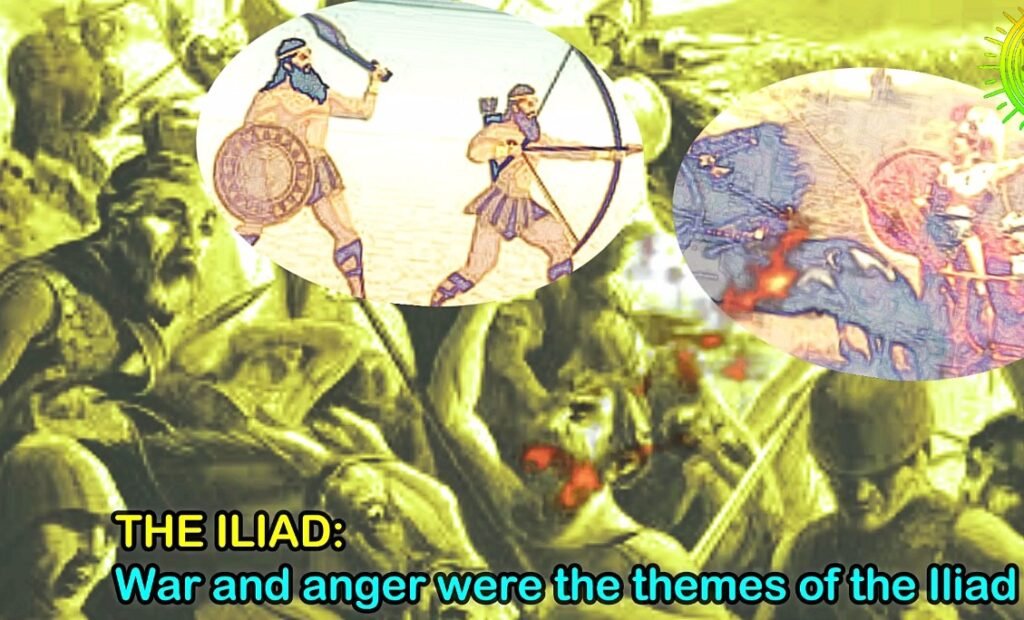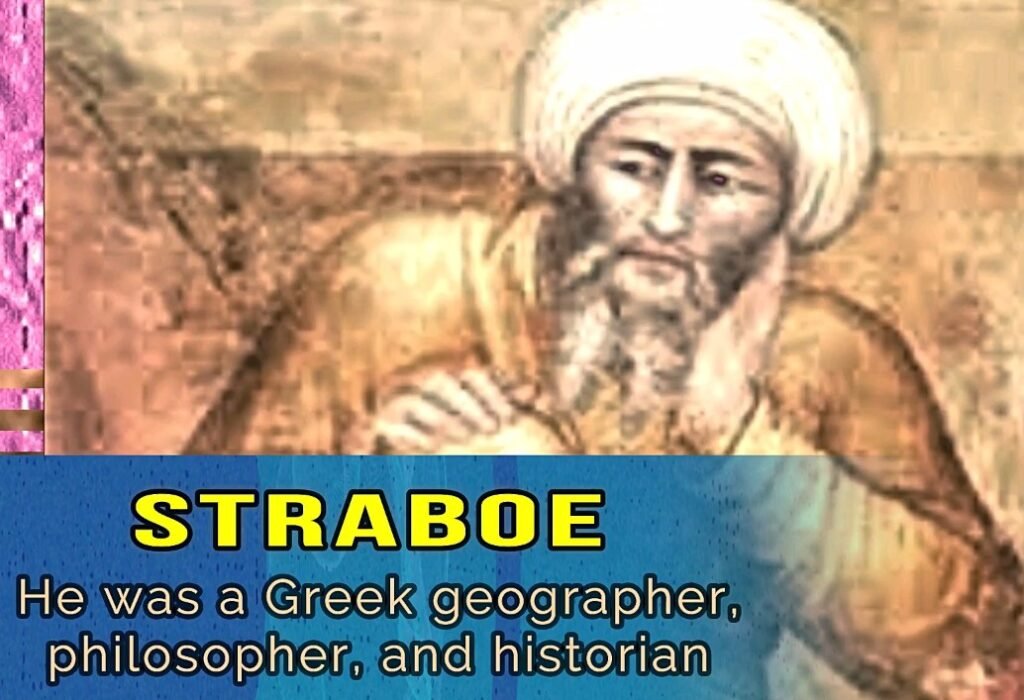Path-breakers
with their
Heroic journeys
Part-1
This Part covers:
Homer to Marco Polo
Homer (8th century BC):

He is a famous epic poet of ancient Greek and believed to be lived in circa 850 BC.
Homer is thought to have been blind, based solely on a character in The Odyssey, a blind poet/minstrel (folk singer) called Demodokos, and some claim he was illiterate.
Demodokos along with Phemius (musician) performs music concerts in the palace of Odysseus in Ithaca.
(Phemius, the court singer in the palace of Odysseus in Ithaca, and Demodocus. Demodocus is a poet and Phemius (musician).
He wandered from one Greek city or village to another, singing his poems to all who would receive him in their homes and give him hospitality.
His most popular works are the ‘Iliad’ and the ‘Odyssey’.
According to the noted Australian travel historian ‘Tony Perrottet’ in his book ‘Route 66 A.D. – “Homer was like Shakespeare, and the Iliad and Odyssey were regarded like the Bible. Going to Troy was like a pilgrimage to Jerusalem,”
Homer visited Troy and turned the site of the storied battle into one of the touchstone events of imperial Greek and Roman civilizations.
THE ILIAD:
War and anger were the themes of the Iliad. It describes the final days of 10-year Trojan War. It is divided into 24 books corresponding to each letter of the Greek alphabet. It takes its name from the city of Troy (in present-day Turkey), which is also known as Ilium.


THE ODYSSEY:
It is also divided into 24 books in the same manner as the Iliad.
The Odyssey is concerned with the post-Trojan war situation.
Odysseus is a legendary Greek king of Ithaca. He is wise and courageous. He also plays a key role in Trojan War in the epic of Iliad. He is one of the most well-known early Greek heroes.
Odyssey narrates the troublesome journey and encounters of Odysseus after whom the poem is named on his way home from Troy after the Trojan War.
Strabo:
He was a Greek geographer, philosopher, and historian who lived in circa 64 BC to circa AD 24 in Asia Minor (in present day Turkey) during the transitional period of the Roman Republic into the Roman Empire.
In his life time, Strabo extensively travelled from his native Turkey to famous places in Italy, Ethiopia, Armenia, Egypt, and Greece.

His best known work ‘Geographica’ (“Geography”), presented a descriptive history of people and places from different regions of the ancient world of his day.
In his writings, Strabo credits Homer as the father of geography. His works reflects his own journeys and Greek polymath Eratosthenes, and Greek astronomer and mathematician Hipparchos, and countries during the reign of Augustus.
Eratosthenes is believed to be the creator of the first map of the world and the first to use the word geography.
Strabo’s world map presents the general outlines of northern Europe, the Mediterranean, Asia, Libya (and the African continent), Arabia, and India (including the Ganges).
XUANZANG (602-664):

Xuanzang was a Chinese Buddhist monk, scholar, traveler, and translator.
He traveled to India in the seventh century to study and collected sacred texts of Buddhism. He described the interaction between Chinese Buddhism and Indian Buddhism during the early Tang dynasty.
Xuanzang was born in 602 in Chenhe Village, Goushi Town. Luozhou (near present-day Luoyang, Henan) and died in 664 in Yuhua Palace (in present-day Tongchuan, Shaanxi).
In 627, Xuanzang reportedly had a dream that convinced him to journey to India.
In 1629, he left the Tang capital and started his 10,000 mile, 16-year journey to India.
After a long voyage with many difficulties he reached India in 630.
He visited many places in India viz. Taxila, Kashmir, Jalandhar, Lumbini, Varanasi, Nalanda, Amaravati, and so on.
On his return to China in AD 645, Xuanzang was greeted with much honor by the still-reigning emperor, Emperor Taizong of Tang, but he refused all high civil appointments offered to him.
Instead, he retired to a monastery and devoted his energy to translating Buddhist texts until his death in AD 664.
According to his biography, he returned with, ‘over six hundred Mahayana and Hinayana texts, seven statues of the Buddha and more than a hundred sarira relics’.
In celebration of Xuanzang’s extraordinary achievement in translating the Buddhist texts, Emperor Gaozong of Tang ordered renowned Tang calligrapher Chu Suiliang and inscriber Wan Wenshao to install two stele stones, collectively known as The Emperor’s Preface to the Sacred Teachings at the Giant Wild Goose Pagoda.
Marco Polo (1254-1324):
Marco Polo is the most popular traveler of all time. He was a veteran merchant, explorer and writer.
Marco Polo was born around 1254 in Venice, capital of the Venetian Republic.
His book ‘The Travels of Marco Polo’ (‘Book of the Marvels of the World’) in circa 1300 depicted the then mysterious culture and inner workings of the Eastern world.
For the first time by his works Europeans came to know including the wealth and great size of the Eastern imperial world.

His book acknowledged the vast Mongol Empire and China in the Yuan Dynasty, and gave the first comprehensive look into China, Persia, India, Japan and other Asian cities and countries to the then western world.
Though he was not the first European to reach China, Marco Polo was the first to explore some parts of Asia and to leave a detailed chronicle of his experience.
This account provided the Europeans with a clear picture of the East’s geography and ethnic customs and were the first Western record of porcelain, coal, gunpowder, paper money, and some Asian plants and exotic animals.
He travelled through Asia along the Silk Road between 1271 and 1295 with his father and uncle. (The Silk Road was a network of trade routes which connected the East and West. Silk went westward, and wools, gold, and silver went east.). They reached Cathay in China.
They were received by the royal court of Kublai Khan, who was impressed by Marco’s intelligence and humility, appointed him as his foreign emissary.
He was sent on many diplomatic missions throughout the empire and Southeast Asia, such as in present-day Burma, India, Indonesia, Sri Lanka and Vietnam.
Marco lived there for 17 years and traveled extensively inside China, and seeing many things that had previously been unknown to Europeans.
Marco Polo along with his father and uncle accompanied Mongol princess Kököchin to Persia around 1291 to 1293.
After that they travelled overland via Constantinople and returned to their home at Venice after 24 years.
That time Venice was at war with Genoa and Marco was imprisoned.
He dictated his stories to Rustichello da Pisa, a cellmate.
He became a wealthy merchant after his release in 1299,
He died in 1324 and was buried in the church of San Lorenzo in Venice.
Many travelers like Christopher Columbus were inspired by his travel book.His works led to the introduction of the Fra Mauro map and influenced European cartography (he making of maps and charts). The Fra Mauro map is a map of the world made around 1450 by the Italian cartographer Fra Mauro.
Note: The Fra Mauro map is a map of the world made around 1450 by the Italian cartographer Fra Mauro, which is “considered the greatest memorial of medieval cartography.” It is a circular planisphere drawn on parchment and set in a wooden frame that measures over two by two meters.

